Washing classes in washing machines: which is better and why?
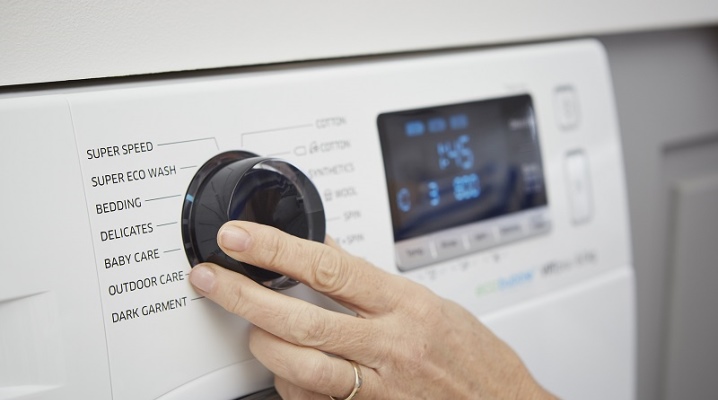
For several decades, it is the washing machine that has been considered and is one of the most important attributes in the house. Therefore, on the modern market there are many models from different manufacturers. A large assortment significantly complicates the choice. There are many criteria that can be followed when purchasing this household appliance. One of these is the class of the washing machine. It is about this parameter that will be discussed in the article.
What does the washing class mean?
This parameter determines how well and effectively stains are removed from things sewn from different fabrics. In simple terms, this characteristic of the washing machine determines the quality of the wash.
This affects not only the end result, the cleanliness of the laundry, but also the cost of the household appliance and its energy efficiency.
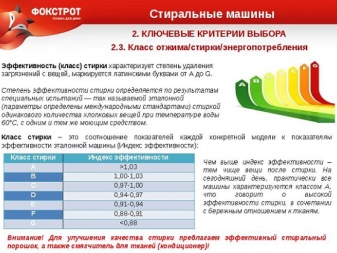
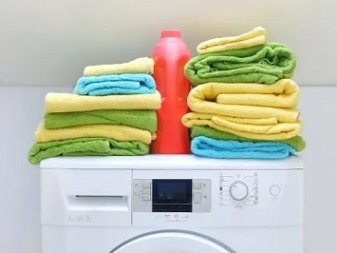
How is it determined?
It is not possible to independently determine this characteristic of the washing machine at home. The consumer buys a household appliance that has already been tested, tested at the manufacturing stage. And all that remains is to believe the information indicated by the manufacturer in the documents. There is a certain technology for determining the class of a household appliance. It is designed and complies with European requirements and regulations, regulated by the value EN 60456 - A11. The essence of testing is to check and compare the washing quality of the laundry in a specific washing machine and in a reference one.
First, let's define which instrument is called the reference AGR. The Wascator testing equipment was established in 1995. This is an efficient washing machine, characterized by a consistently good result and a fixed indicator of the washing program. That is, the quality, for example, 5 washes, will be the same. It is this washing machine, as a standard, that takes part in determining the washing class.
Today, all large manufacturing plants have such reference units.
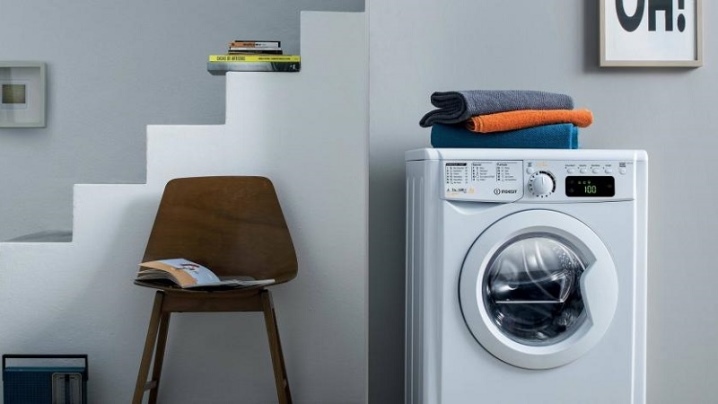
The very process of determining this parameter of the machine consists of a number of stages.
- Take a certain contaminated cloth or items and place it in the drum of the reference CMA. Loading weight should be 5 kilograms.
- Add cleaning agent - 0.18 kg.
- Set the reference wash program, temperature 60 ° C, and the washing mode starts.
- The machine works for 1 hour... Then a reference result is obtained.
Then the process is repeated completely, only the laundry is washed in the tested washing machine. All programs, time, amount and type of powder are completely identical. The results obtained are compared, and in this way the washing class of the washing machine is established.
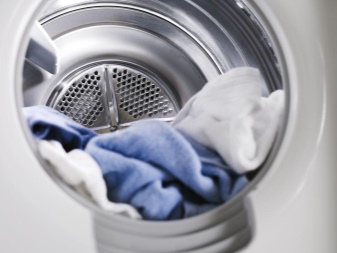
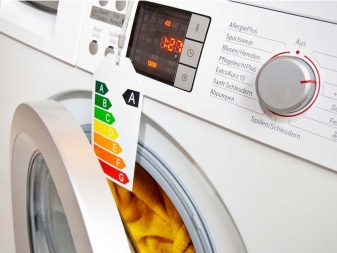
To determine the spin class of a household appliance, a reference CMA is also used. Testing is done in a specific way. After washing and spinning, the laundry is weighed. It is then completely dried and weighed again to determine the difference in weight between wet and dry laundry. Now, with the help of simple formulas, you can deduce the spin quality of a particular machine.
But given that we live in a world ruled by scientific and technological progress, there are times when the result of washing and drying in a reference machine is inferior in quality to the tested unit. The thing is that modern devices are improved and more efficient.In such cases, the highest washing class is indicated on the tested device: class A + or A ++ and so on. The number of pluses can be many, and this means that the tested unit works much more efficiently than the reference device.
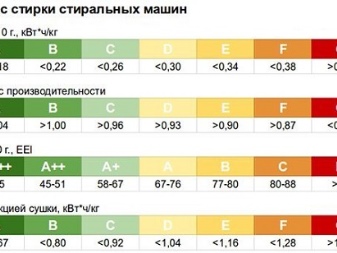
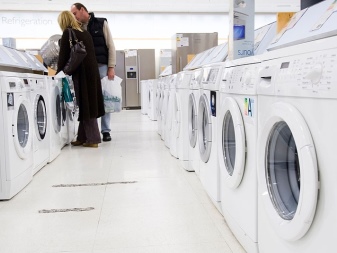
Specifications
7 groups were identified that determine the quality of washing, energy efficiency and energy consumption of washing machines. The better the washing results, the higher the class is assigned to the household appliance. Let's take a look at these classes and define their specific parameters and values.
A
Class A is characterized by the best result, effective and high-quality removal of any kind of contamination. The washing quality factor is 1.3 and higher, the energy consumption is 0.17-0.19 kWh / kg. And also for class A are characteristic maximum drum rotation speed, spin rates, energy efficiency less than 45%.
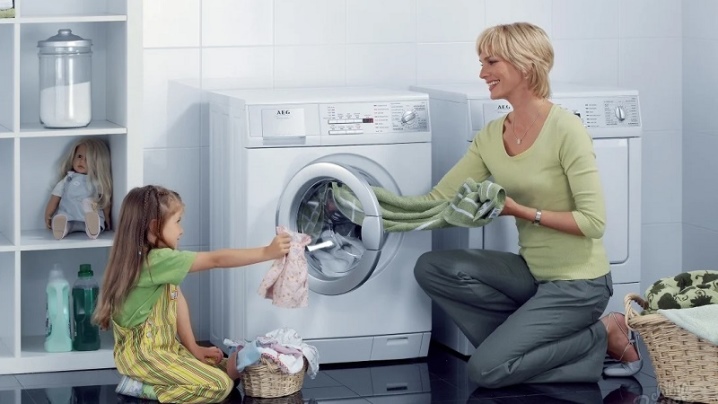
B
Washing machines labeled with this Latin letter are also pretty good. Class B is characterized by the following parameters: quality factor 1-1.3, power consumption 0.19-0.23 kWh / kg, spin factor 45-54%.

C
Has the following parameters:
- washing quality coefficient 0.97-1;
- electricity consumption 0.23-0.27 kWh / kg;
- spin ratio 54-63%.
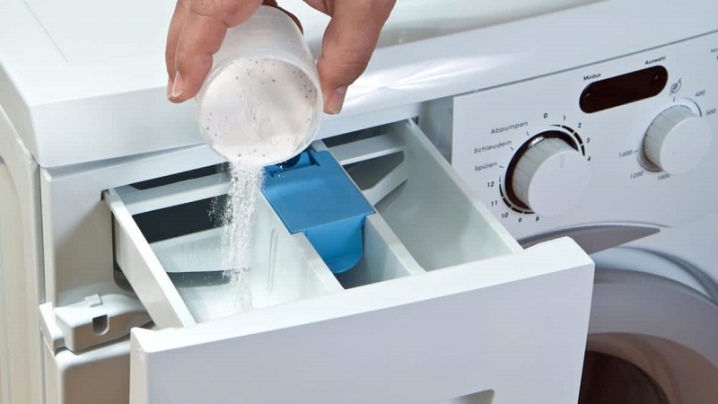
D
These washing machines are characterized by:
- washing quality coefficient 0.94-0.87;
- electricity consumption 0.27-0.31 kWh / kg;
- spin ratio 63-72%.

E
A washing machine of this class is characterized by the following parameters:
- washing quality coefficient 0.91-0.94;
- electricity consumption 0.31-0.35 kWh / kg;
- spin ratio 72-81%.
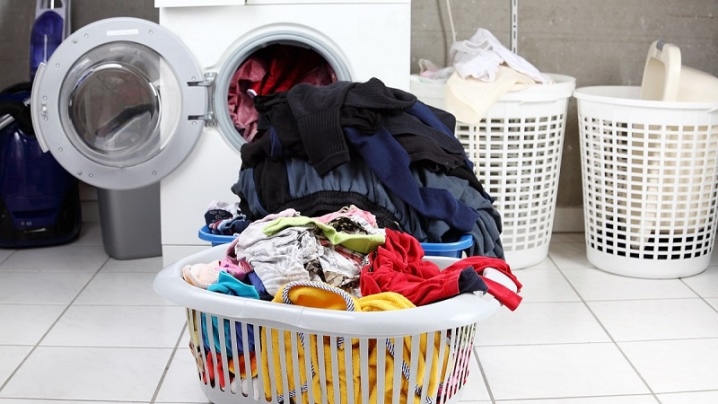
F
This class is characterized by:
- washing quality coefficient 0.88-0.91;
- electricity consumption 0.35-0.39 kWh / kg;
- spin ratio 81-90%.
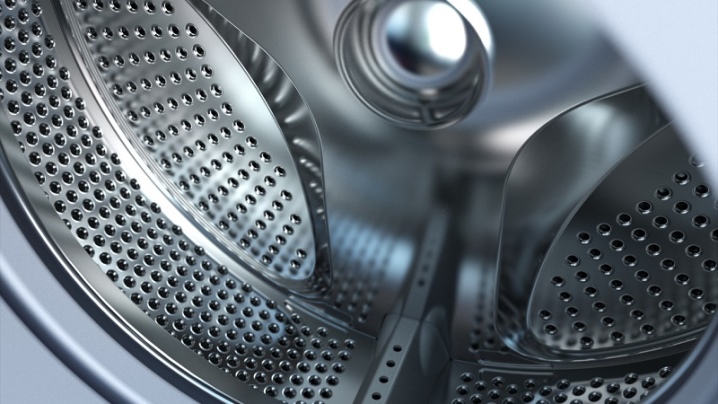
G
Such a household appliance has the following parameters:
- washing quality factor 0.75-0.88;
- power consumption> 0.39 kWh / kg;
- spin ratio> 90%.
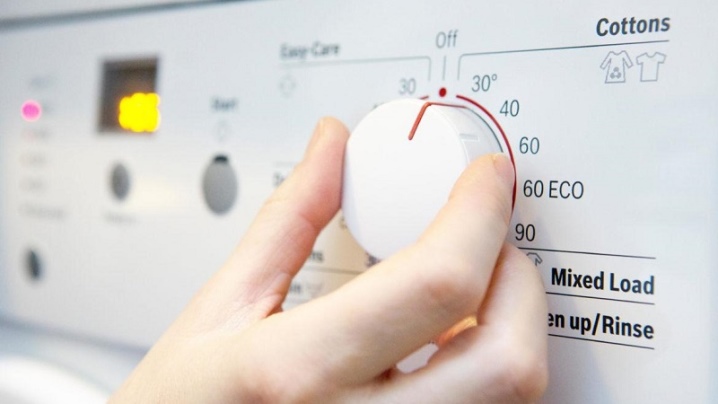
As you can see the last 3 classes have the lowest technical parameters. These washing machines do not wash very well, they practically do not wash the dirt, they consume a lot of electricity and after using the "Spin" mode, things remain wet.
It is important to know and understand the following: a branded washing machine with a class A can cost significantly more than a unit of a little-known brand. But this parameter of the machine is determined by one method, and the devices will wash the same way. That's why whether to overpay for a big brand name or not is up to the consumer to decide. From the above information, we can also conclude that the better the washing machine wring out things, its drum makes a large number of revolutions, the more electrical energy it consumes.

Selection Tips
When choosing a washing machine, of course, you need to take into account each of the above parameters: the class of washing, spinning and energy consumption. Of course, it is better to choose a household appliance with the highest possible performance. If you want things to be clean, semi-dry, and the amount of electricity consumed as low as possible, buy a class A washing machine.
The following criteria must be taken into account when choosing a unit:
- the amount of things you wash;
- time spent on washing;
- the cost of the device.
Experts and manufacturers recommend purchasing washing machines of classes B and C for home use, claiming that their capabilities and functions are quite enough.

For information on which class of washing in a washing machine is better and why, see the next video.













The comment was sent successfully.